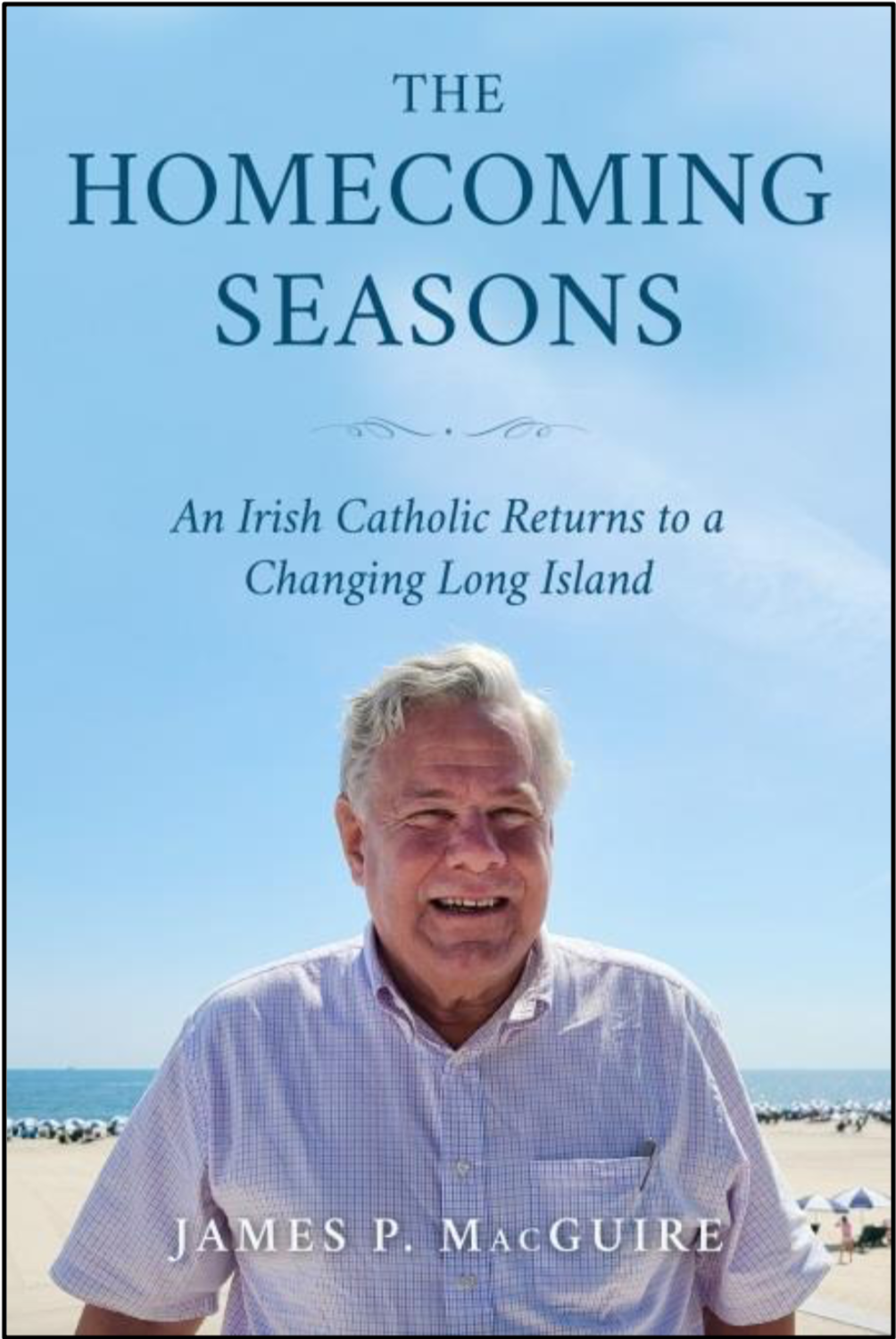Village, Neighborhood, Community: finding a sense of home in the environs of New York City

 EDITORS’ NOTE:No doubt many residents of New York City, particularly the outer boroughs, must be content to adopt one place in the Big Apple as home. Enhancing their home—the place where they sleep– are countless public amenities to provide an escape from the confines of their inner sanctums, and their workplaces.
EDITORS’ NOTE:No doubt many residents of New York City, particularly the outer boroughs, must be content to adopt one place in the Big Apple as home. Enhancing their home—the place where they sleep– are countless public amenities to provide an escape from the confines of their inner sanctums, and their workplaces.
But for the New Yorker who can afford it, escape comes frequently in the form of an additional home, an escape from the pervasive pavements, the high-rise density and frenetic human interaction. The additional home is a retreat to private sanctums of grass, trees, sand and water, but many of these retreats are only a short ride—by train or car—from the inner city.
Whether it is the Hamptons (no longer a short ride) or towns and villages in the counties and states surrounding Greater New York, many stakeholders have a significant connection to the Big Apple.

Brooklyn Boro
View MoreNew York City’s most populous borough, Brooklyn, is home to nearly 2.6 million residents. If Brooklyn were an independent city it would be the fourth largest city in the United States. While Brooklyn has become the epitome of ‘cool and hip’ in recent years, for those that were born here, raised families here and improved communities over the years, Brooklyn has never been ‘uncool’.